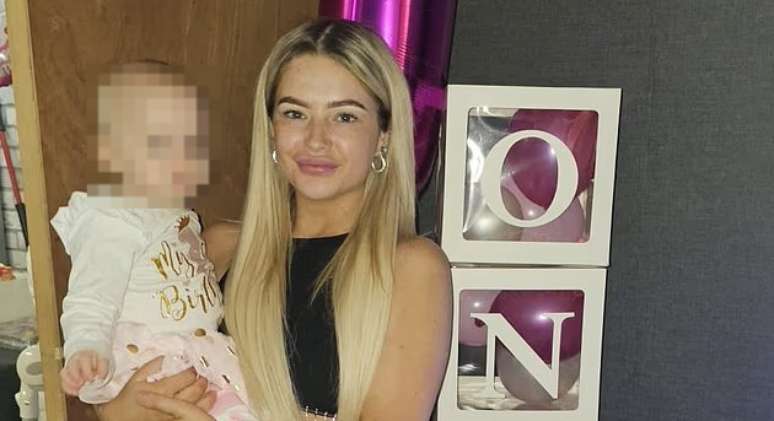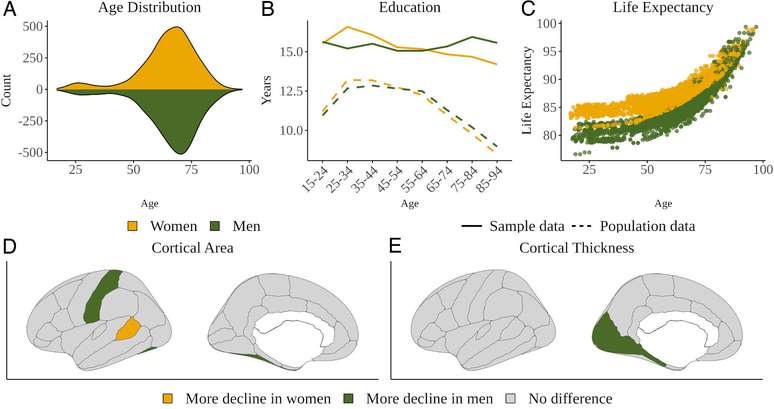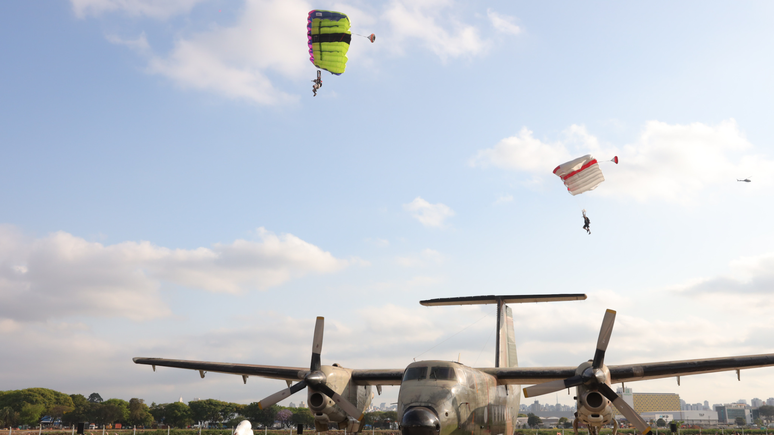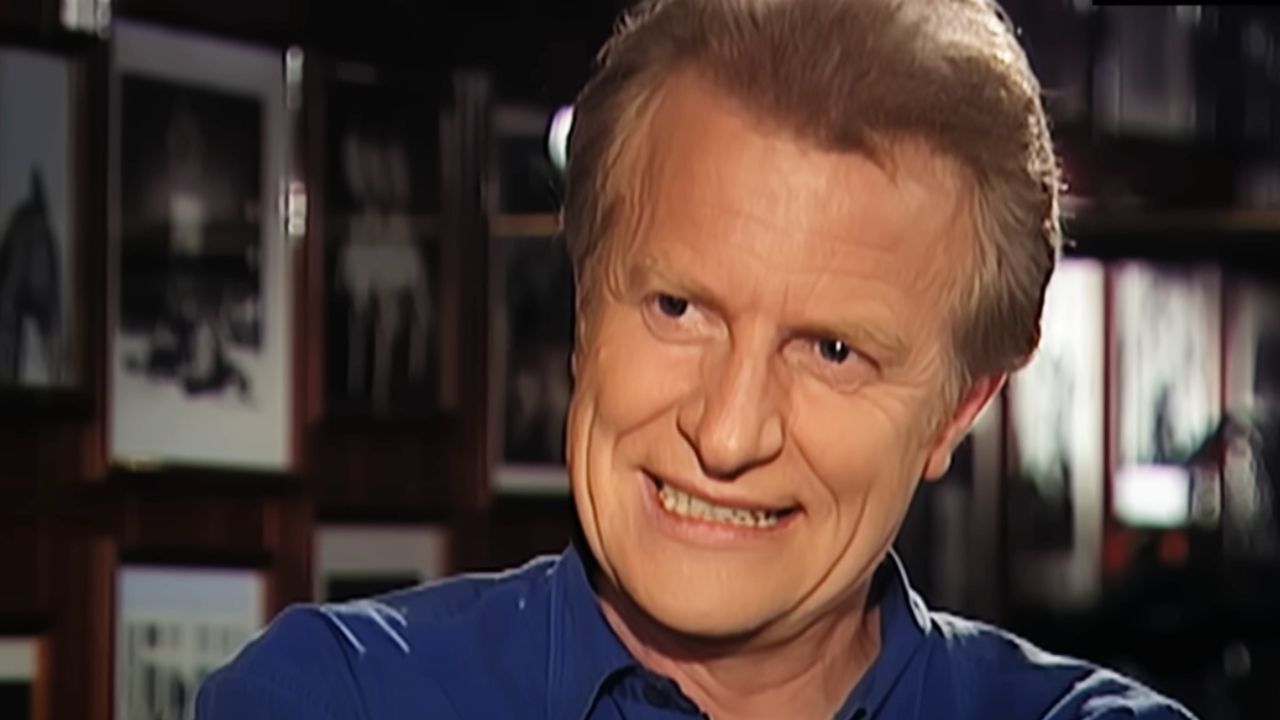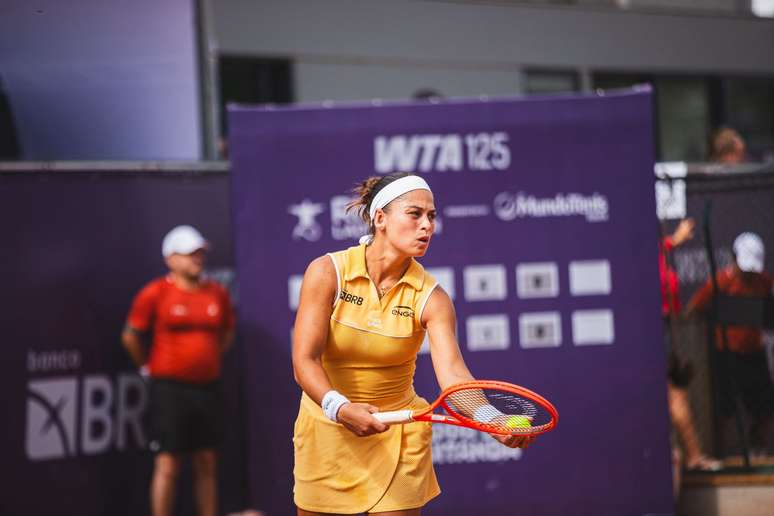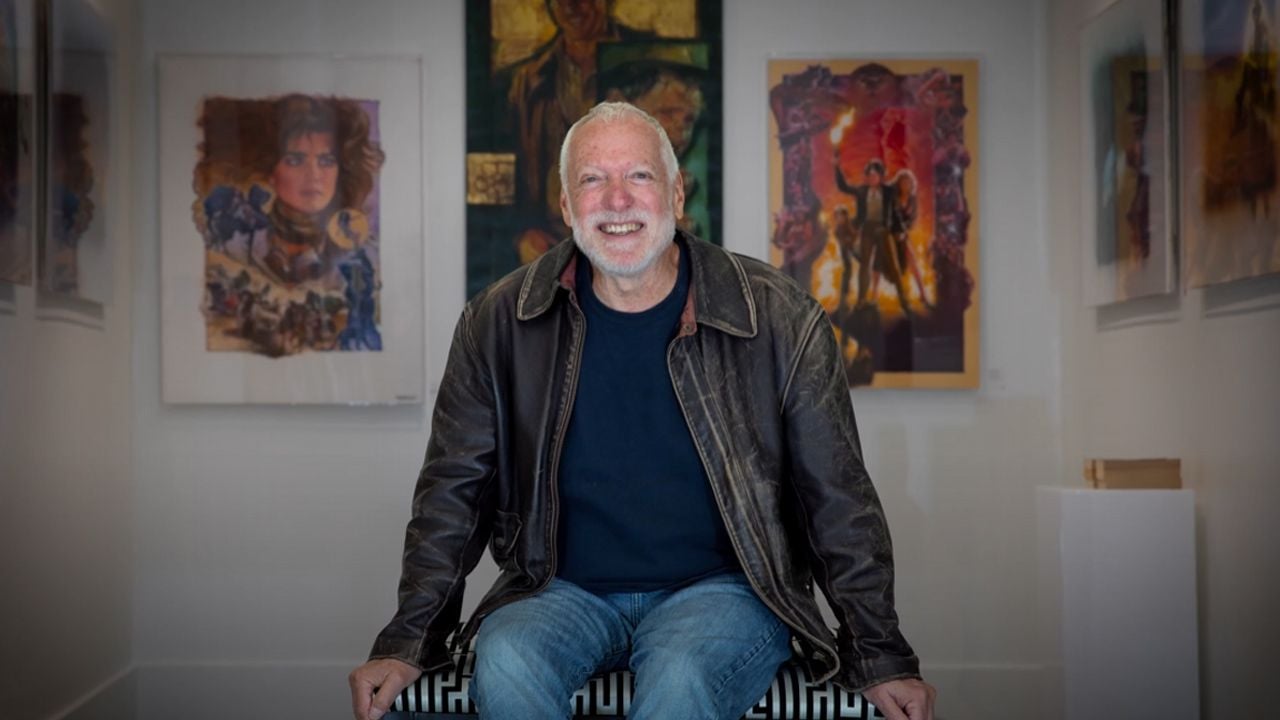Arthur and Bernardo were joined at the head and shared a main vein that brings blood back to the heart.
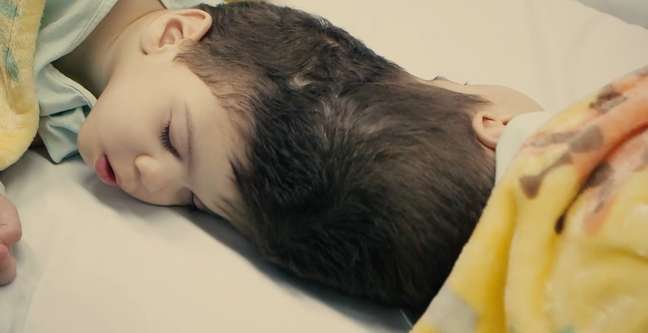
Two Brazilian conjoined twins joined in the head they were finally separated after the latest surgeries, which lasted 33 hours and with teams from Brazil and the UK. Arthur and Bernardo de Lima were three years old and considered by Gemini Untwined, a British institution specializing in such surgeries, to be the most complex case ever performed so far.
The brothers will soon begin their six-month rehabilitation in the hospital Paulo Niemeyer State Brain Institute. As their fourth anniversary approaches, they will be able to celebrate separately, but together, for the first time, finally being able to see each other face to face.
They, who are from Roraima, have been cared for by the team from the Rio de Janeiro hospital for two and a half years. Earlier this year, hospital staff reached out to the facility for advice on risks and best ways to separate the kids, even after other industry experts said the operation was impossible.
So the two teams spent months working together to prepare for the procedure. “The separation was the hardest until the boys shared vital veins in their brains,” the charity wrote on its official website. At nearly four years old, Arthur and Bernardo were also the eldest craniophagous twins (joined to the skull) with a brain fused to be separated, which brought further complications.
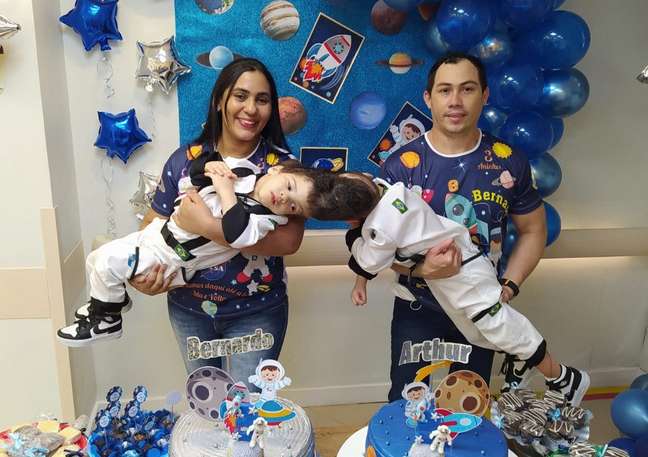
seven surgeries
As communicated by the institution, as a whole, there were seven separate surgeries, which involved around 100 medical teams. The last two surgeries, which ultimately separated the boys, lasted 33 hours.
“As a parent, it is always a special privilege to be able to improve outcomes for these children and their family,” commented Dr. Jeelani, UK Team Leader. “Not only do we provide a new future for the kids and their families, but we also equip the local team with the skills and confidence to do such a complex job successfully again in the future.”
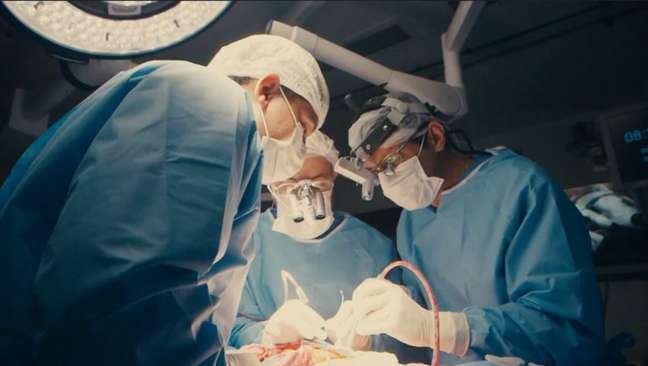
Medical teams attribute part of their success to sharing experiences and also to preparing for an experimental surgery in virtual reality. This was the first time this technology was used for this purpose in Brazil.
After the surgery, Instituto Estadual do Cérebro Paulo Niemeyer became a Gemini Global Partner hub, ensuring that similar cases in Latin America receive the same level of world-class care in the future.
Source: Terra
Benjamin Smith is a fashion journalist and author at Gossipify, known for his coverage of the latest fashion trends and industry insights. He writes about clothing, shoes, accessories, and runway shows, providing in-depth analysis and unique perspectives. He’s respected for his ability to spot emerging designers and trends, and for providing practical fashion advice to readers.

